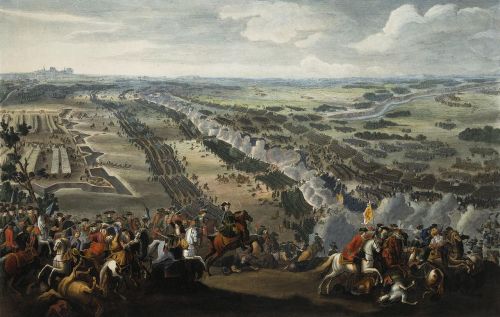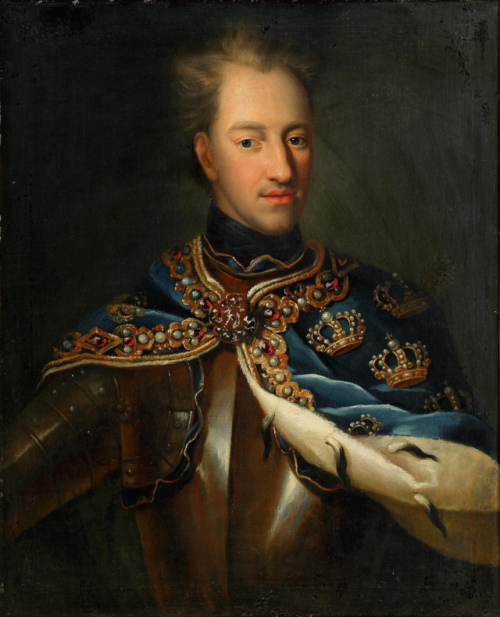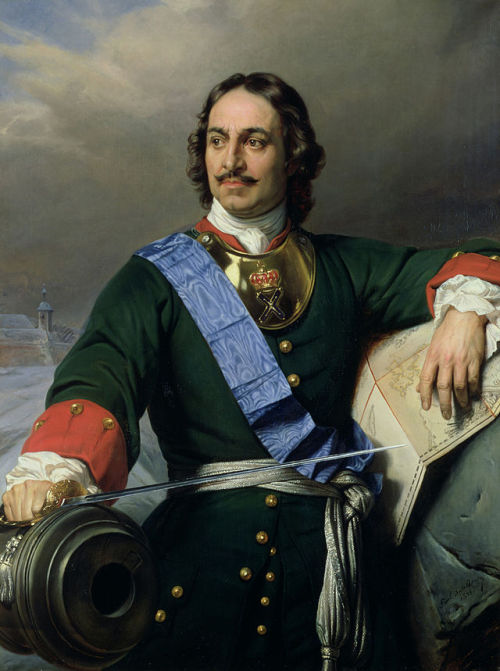The First Great Disastrous Invasion of RussiaThroughout history there are three great inva
The First Great Disastrous Invasion of RussiaThroughout history there are three great invasions of Russia which have ultimately led to the collapse of great empires and a changing course in history. The last two are pretty well known. In 1812 Napoleon Bonaparte and his Grande Armee invaded Russia, only to succumb to winter weather and scorched earth tactics. The failed invasion annihilated Napoleon’s army and set in motion the event which would lead to the collapse of the French Empire. Then in 1941 German forces under Adolf Hitler drove deep into Russia with the goal of capturing Moscow. Roughly four years later Russian hordes stormed the streets of Berlin while Hitler gloomily eyed his pistol and cyanide capsule. While these two invasions of Russia are well known, the first is almost forgotten. However, it was an important invasion, one that would define Russian strategy in future invasions.In the early 18th century, Sweden had developed into a very powerful empire which dominated Scandinavia and Eastern Europe. Under the rule of Charles XII, the Swedish Empire comprised of Sweden, Finland, Estonia, Livonia, and parts of Northern Germany. In addition, Charles XII had installed puppet rulers on the thrones of Denmark and Poland. In 1707, continuing conflicts with Russia led Charles XII to organize a grand invasion with the goal of capturing Moscow itself. Amassing an army of 40,000 he crossed the Vistula River on the 1st of January, 1708. Later he was joined by another 20,000 allied Cossacks. By the Spring of 1708 the Swedish Army had its first clashes with the Russians, all of which were resounding victories. Again and again Charles XII dealt blow after blow, causing often horrific casualties among the Russian Army. To Charles XII frustration, the Russians withstood punch after punch, devastating blow after devastating blow. However with each battle the Russians stood back up, brushed themselves off, and demanded more. It seemed that no matter how badly the Russians were defeated, they would never surrender. The Swedish advance was being slowed by engagements with the Russians, but worse yet it was part of Czar Peter the Great’s grand strategy to draw the Swedes into Russia. Peter the Great is credited as being the man who modernized Russia in the 18th century. However at the time there was still much work to be done in modernizing the military. He knew that his troops were nowhere near the caliber of professional Swedish soldiers, so he developed a strategy of drawing the Swedes deep within Russia while slowly weakening them, the cut off their reinforcements, and finish them off. The Russians burned, hid, or transported away anything of value to the Swedes, especially food, clothing, and shelter. When the winter of 1808/1809 hit, the Swedish Army was forced to halt after a weather event occured called the Great Frost of 1709, where temperatures dropped up to 15 degrees below zero (Fahrenheit). For the average Swedish soldier, there was nothing to do but starve and shiver. During the winter, 12,000 of his men froze to death. Others died of disease, malnutrition, and exhaustion. In addition, Peter the Great led a surprise attack against a force 12,000 Swedish reinforcements escorting a convoy of 4,500 supply wagons. Despite suffering heavy casualties the Russian annihilated the Swedish force at Lesnaya, and Charles XII was left without much needed supplies and reinforcements.In the summer of 1709 Charles XII decided to invade Ukraine instead of Moscow, in hopes of rebuilding his army and continuing the march into Russia later. By them his army had been reduced to 16,000 men. Worse yet, his Cossack allies switched sides and abandoned him. At Poltava, Ukraine, the Swedes and the Russians met for a final show down. There, the Russian had built a series of trenches, ramparts, and forts manned by over 50,000 men. Despite being outnumbered, Charles order a full assault. At first the Swedes were successful, capturing the first two lines of defenses, but then the Russians counterattacked, driving panic among the Swedish Army and forcing them off the battlefield. A mere month later, the Russians surrounded and captured the Swedish Army at Perevolochna, forcing them to surrender. Charles XII managed to escape to the Ottoman Empire. Of his 40,000 man grand army, only 543 remained. Charles XII remained in Turkey for a few years, convincing the Turks to make war on Russia. The war was short lived before a peace treaty was signed, and he was forced to return home empty handed. When he arrived back in Sweden, he found that the major powers of Europe had gathered together to pick the carcass of what was his grand empire. His old enemies, such as Russia and Denmark had declared war and invaded, but so had also new enemies such as Prussia and Great Britain. Charles XII fought off as many enemies as he could, but was also force to make several concessions. Charles XII was killed in battle in 1718, and would be the last absolute ruler of Sweden, as the country changed governments to a constitutional monarchy. The Swedish Empire never recovered from the defeat dealt by the Russians, and over the coming decades was forced to give up much of its territories, such as Finland, to Russia. -- source link
Tumblr Blog : peashooter85.tumblr.com
#history#swedish empire#sweden#russia#invasion#war


